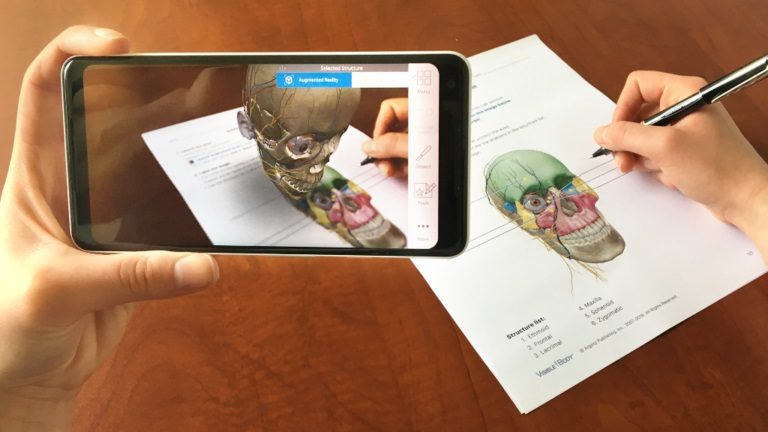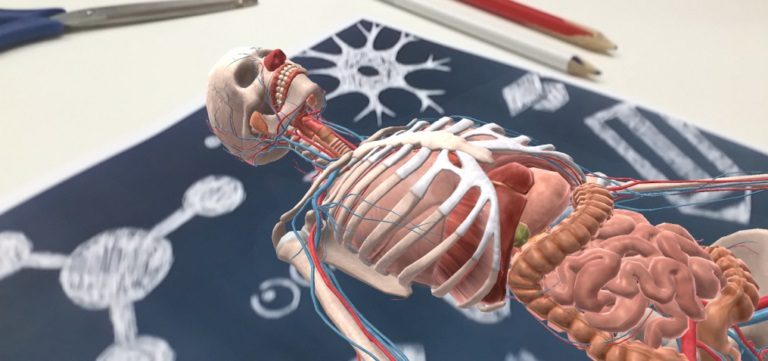The Medical world is an unrelenting world of challenges. The very foundations of the medical universe are quite complex, from minor, intricate capillaries to the massive, dense cranium. A field of science that is old, diverse and ever changing. It’s within our nature, to be damaged, to repair, to BE repaired, as if it was built into our DNA. It is embedded within us that we explore ourselves, learn, and strive to help others. But to help, and be helped, you require specialized tools. Scalpels, tweezers, needle and thread, X-ray machines, lasers, and whatever more the human mind will conjure up in the many eons to come, all serve the purpose of one task alone, to help mankind learn about itself.

In changing times, many scientists agree that a medical facility is only as good as it’s technology. Just as a professional driver is useless without a sports car, a cricketer useless without the ball and bat, doctors, in the modern world, are useless without the proper tools. And not all of these tools are used for operating and performing complex. Many, are instruments of observation and understanding. Hence, our topic for the day, that is, the importance of augmented reality in the medical world.
Books are merely guidelines to knowledge. Real knowledge lies in experience. To experience a three dimensional object and to interact with it. The problem however, in the world of medicine and human anatomy is that, it’s rather difficult to carry around an entire human body, cut layer by layer into it’s various, intersecting and interrelated systems, especially when one is on the move. And this, is where augmented reality comes into play. As 3D rendering and object tracking improves, it has become easier for developers to create applications which utilize augmented reality more accurately. Modern day AR applications aimed towards medical prospects can render entire, functioning organs in augmented reality.

These rendered objects can either be created from in-app commands, or be automatically rendered via QR code and other symbols. Entire books can now be created in which, with the help of AR, students and professionals alike can view the diagrams within the books in three dimensions, which can also be interacted with. Users can enlarge, rotate, select specific parts and even dissect highly detailed renders. With these rendered books, a secondary usage includes life size human bodies for understanding surgery. These bodies can be divided upon several layers, from the dermal level to bone. Lecturers will no longer need to rely on solid models, but instead, have an entire catalog of different patient types, with various diseases as well, all in the palm of their hands. This will also save up on paper and reduce inventory sizes for hospitals and medical institutions.

Students will be able to get a first hand experience via live simulations of various medical scenarios as well, and even though this technology is still new, and yet to be implemented across the globe, the potential is quite high and is not very difficult to integrate in teaching institutes. Possibilities are endless once the human is destined to achieve it’s goal.
